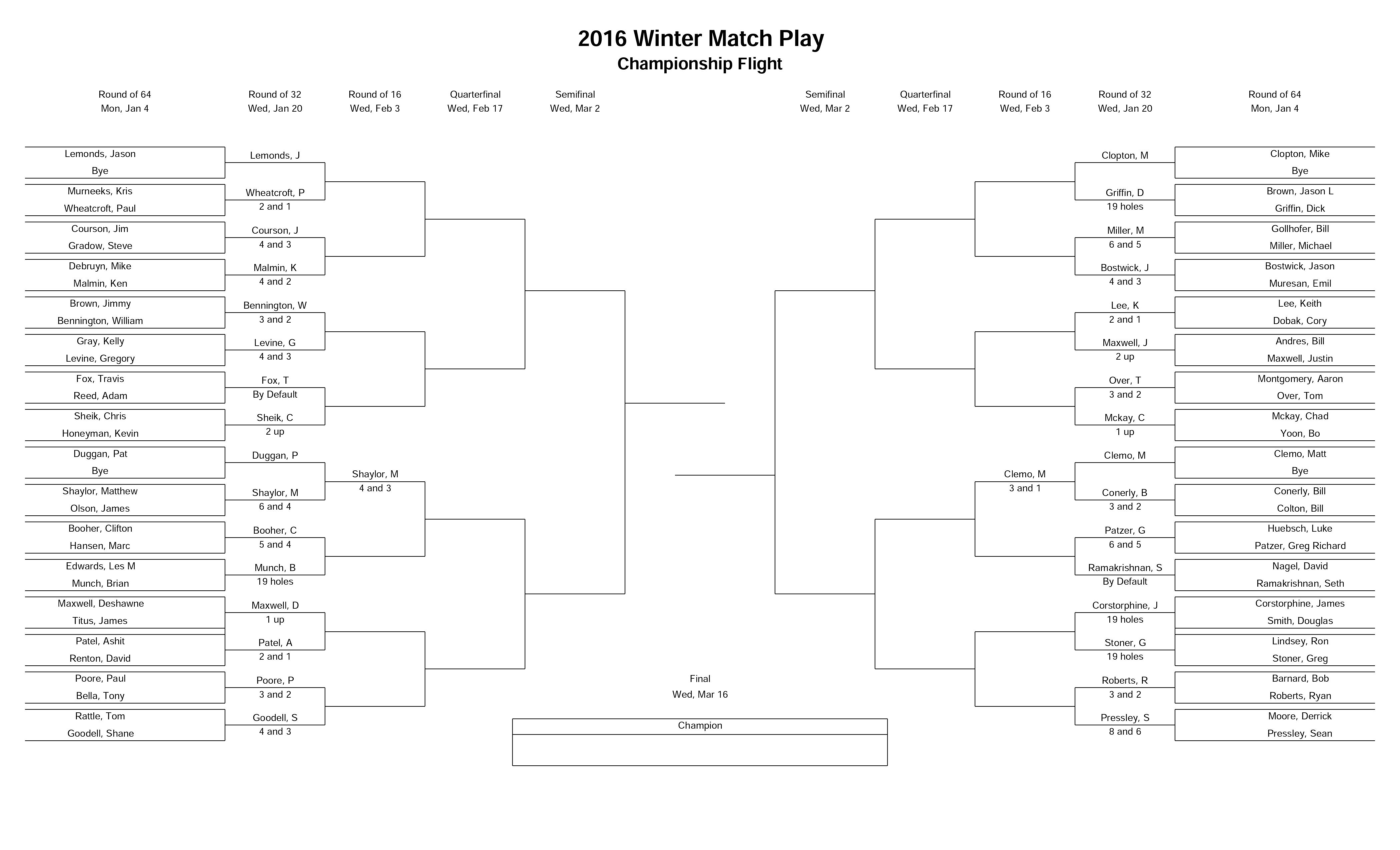

Barely if at all suitable for complex, large, or scientific book-style layouts. Used for layouts with different content types (text, tables, images, videos). Word - For documents that should have a modest level of variation in the final layout.Barely suitable for complex, large, or scientific book-style layouts. Reasonable to use for layouts with different content types (text, tables, images, videos). RTF/RTDF - For documents where the final layout should include a modest level of variation in the style of the content and may need to include embedded images.Not suitable for complex, large, or scientific book-style layouts. Impossible to use for layouts with different content types (text, tables, images, videos). ASCII Text - For documents where content is only text and content trumps any need to style the layout or format.I look at the various options in this way: How do these and other editors fit into your workflow? I also recommend Typora which can be used to make markdown Gantt charts, flow charts, etc. Ulysses is where simple documents (without figures, captions, references) are happening at the moment. Bear gets general notes such as my list of quotations, books to read, etc. There are many markdown editors now - I currently use a few for different purposes. A well-featured editor that also stays out of your way. If you’re interested in trying LaTeX, I highly recommend Texpad on macOS or iOS. Of course this applies to all other aspects of the document too, such as how intext citations look, the format of the bibliography, etc. If you decide emphasis should be blue instead of green, you can make the change in one place and have it change throughout the document. Later, when you’re working on the presentation of your document, you can decide what emphasis looks like, bold, italics, green, etc. For instance, in LaTeX you can say that something should be emphasized by using \emph. When you’re writing, you can give the text meaning, without deciding how that meaning is displayed. They separate the text from how the text is displayed. This is where markdown, LaTeX, and their kin come in. Especially something like citation formatting. Also, if you decide to change the presentation of your work, it is often a tedious and laborious process. This can lead to your being distracted from your thoughts by fiddling with the presentation. Your words (text) are mixed with their presentation. When you write in Word, you also do formatting, fiddle with fonts, etc. Word, Pages, and their ilk have morphed into a blend of word processors and desktop publishing. So I thought I’d start a thread here, and perhaps bring up a different perspective that wasn’t mentioned. A recent thread danced around the idea of using LaTeX, markdown, Word, etc.


 0 kommentar(er)
0 kommentar(er)
